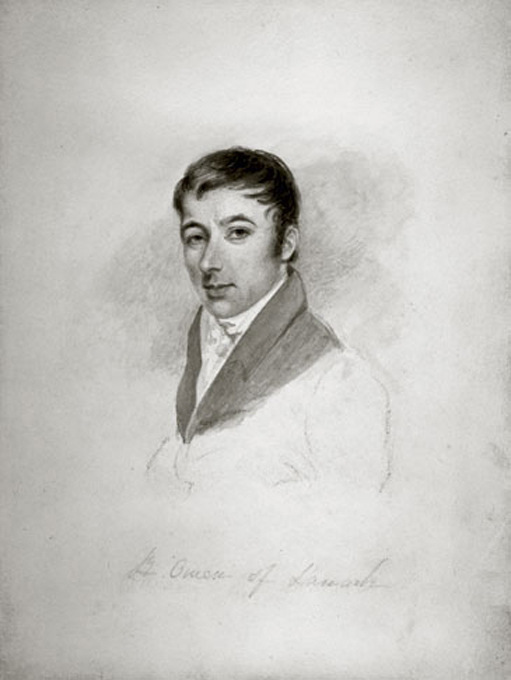1 A New View of Society
Some of Robert Owen's ideas were confirmed by personal experience as a philanthropic employer who strongly emphasised the importance of environment, education and, ultimately, cooperation in improving social conditions. Owen was closely involved with the factory movement (for the improvement of working conditions), Poor Law reform, public education, economic regeneration in post-Napoleonic War Britain, the relief of distress in Ireland, creating what he called ‘communities of equality’ in Britain and America, and, after 1830, trade unionism and cooperation. He supported religious toleration. He advocated sexual equality, marriage and divorce law reform, and alluded to birth control as a means of regulating population. He thus gained fame, even notoriety, as a social and educational reformer, and long after his death continued to inspire others, notably through the ideas presented in his most important and famous work, the essays in A New View of Society.

A New View of Society is an important text for three reasons. First, it is a brilliant illustration of the notion that there are general, universally applicable rules or principles that we can discover through proper, empirical, use of reason, and which once identified will lead to progress (economic, social) and greater happiness. Apart from the ideals of social progress through the means of reason, and happiness generated by rational means, the essays highlight other key Enlightenment notions too. These include reference to the view that human nature is universal, the use of reason to dispel error and darkness from the human mind, the attack on superstition, the appeal to ‘nature’ and the natural environment, the importance of self-knowledge, and the reasoned conditioning of people.
Second, it highlights important aspects of economic progress and political and social change in Britain during and after the French Revolutionary and Napoleonic Wars. It shows how enlightened ideas could be applied to reform issues, particularly the major social problems of the period: poverty, poor housing, diet and health, and lack of educational opportunity. Owen's brand of rationality and progress may well have been deployed to his own pragmatic, commercial ends, but there is more emphasis on the happiness of the lower orders than in most Enlightenment texts.
Third, while it shows how Owen's ideas relate to wider currents of thought and the problems of his day, A New View of Society also serves to emphasise the point that Enlightenment and Romanticism did not necessarily progress neatly and steadily. Owen clearly held, well into the nineteenth century when Romantic ideas were making strong headway, many enlightened notions from the second half of the eighteenth century. Ideas and intellectual movements invariably overlapped.
Although the essays were all written at slightly different times between 1812 and 1814, they have a coherence arising from the subject matter. In turn they explain Owen's views about character formation, how his theories were applied in the context of New Lanark, the potential for further reform and, finally, the application of these ideas nationally and internationally.
Owen was often portrayed as benevolent and kind, a defender of factory children and a patron of the poor, all of which paint an essentially accurate picture of the man. But he also attracted considerable criticism, being described by his detractors as a knave, a charlatan and a speculative, scheming, mischievous individual. He had enormous wealth, much of it spent on his propaganda campaigns and, it has to be admitted, on self-promotion. Yet he disclaimed any self-interest. He had considerable charisma, which won him large audiences, including apparently many women. His flirtations with royal dukes and cabinet ministers made him enemies, particularly among political reformers, who ought to have been his natural allies. Owen evidently believed, however, that he was being propelled by some supernatural force to change society. Perhaps blinded by the strength of this conviction he was utterly single-minded in advocating his views, which, he felt, held the solution to the problems of his time.
Yet I am sure you will enjoy the modernity of Owen's practical measures, from nursery care to pension funds, even if his ‘principles’ are not always immediately evident. Although I shall guide you through the extracts in the essays, you might like to read them over now to get a sense of their style and content. You may also like to take a preliminary look at the video New Lanark: A New Moral World? (given below in three parts), to which you will be referred later in this course. The essays are provided as links below the video clips.
Click play to view the video (Part 1, 11 minutes)
Transcript: New Lanark: A New Moral World? - Part 1
Click play to view the video (Part 2, 11 minutes)
Transcript: New Lanark: A New Moral World? - Part 2
Click play to view the video (Part 3, 10 minutes)
Transcript: New Lanark: A New Moral World? - Part 3
Click document below to open the First Essay
Robert Owen, A New View of Society [Tip: hold Ctrl and click a link to open it in a new tab. (Hide tip)]
Click document below to open the Second Essay
Robert Owen, A New View of Society
Click document below to open the Third Essay
Robert Owen, A New View of Society
Click document below to open the Fourth Essay
Robert Owen, A New View of Society
Before undertaking a closer reading of the essays, let us look at the economic and political situation at the time they were written and say something about Owen's origins and career, as well as the background to the essays.
